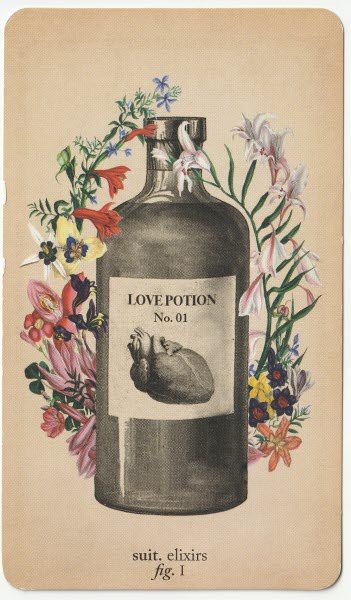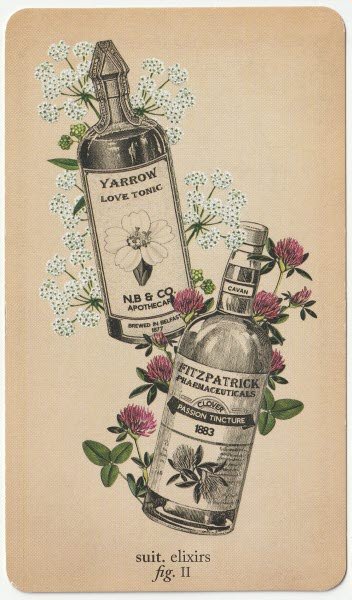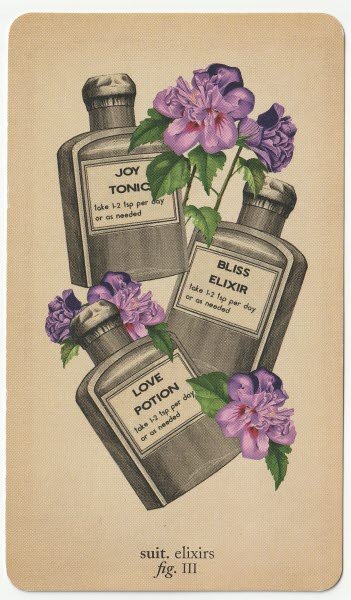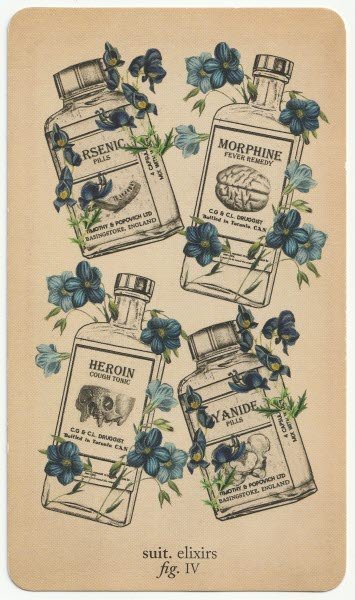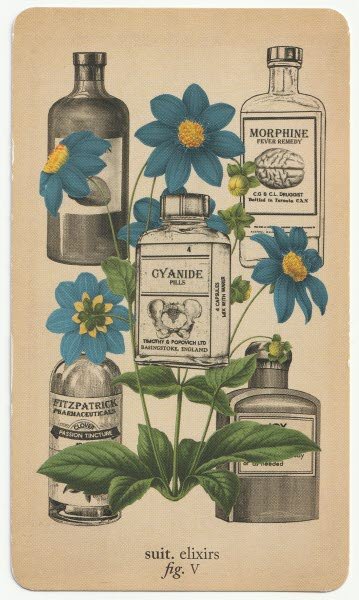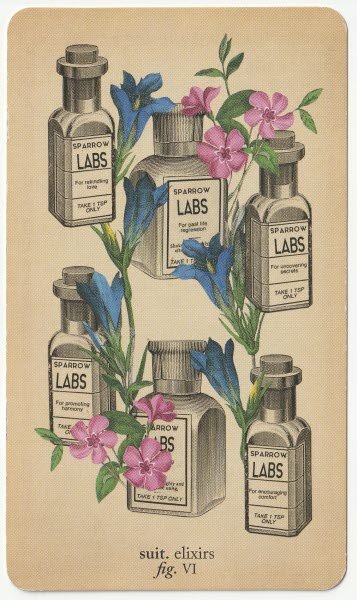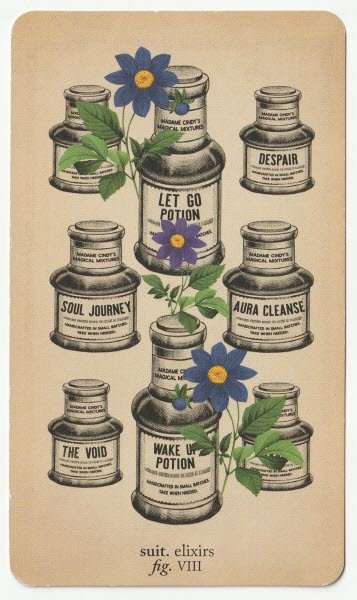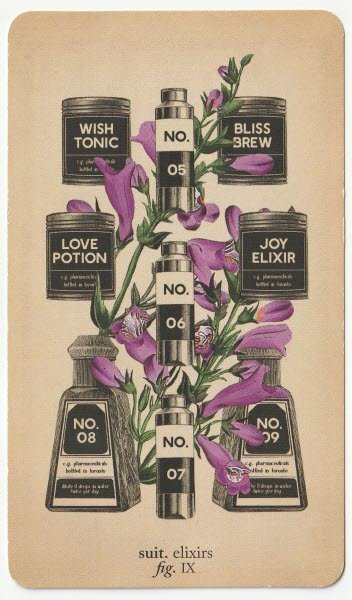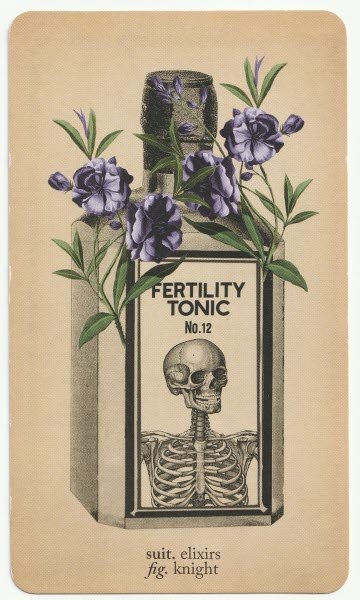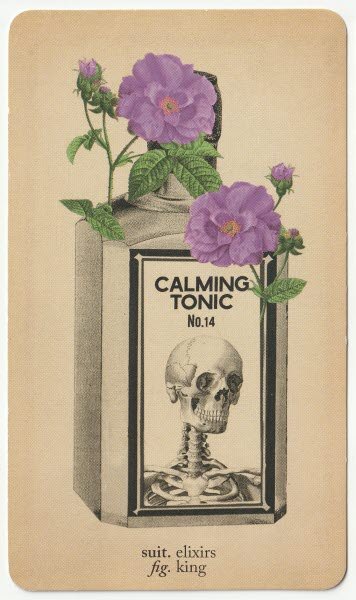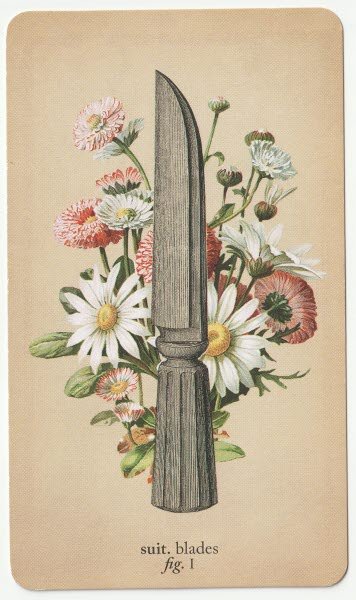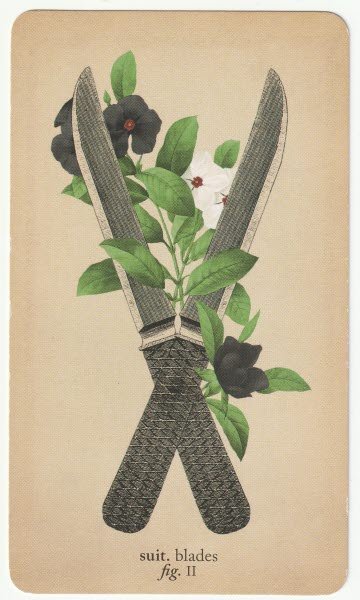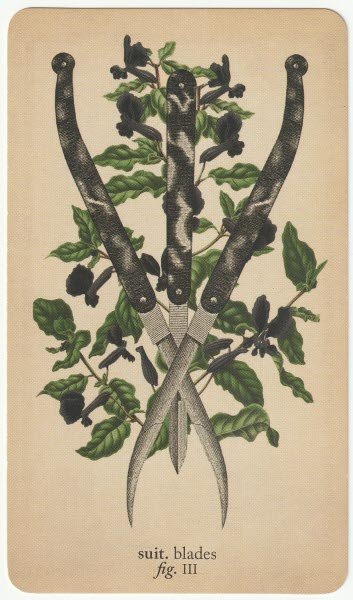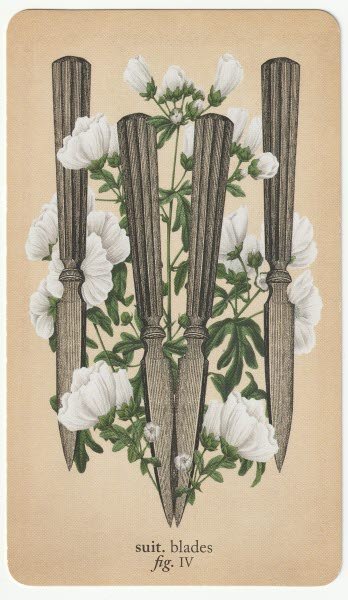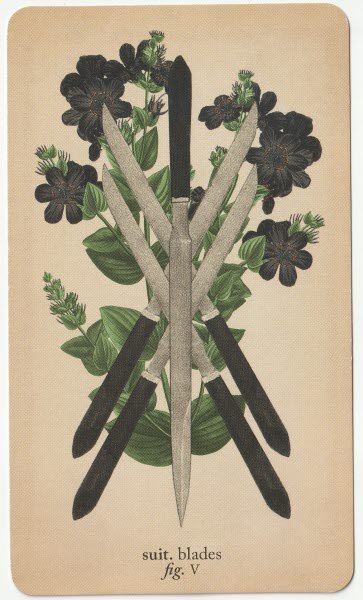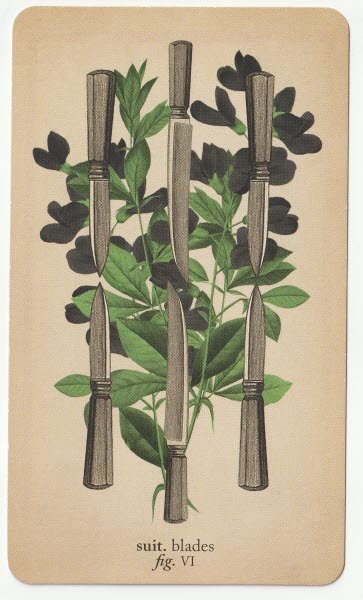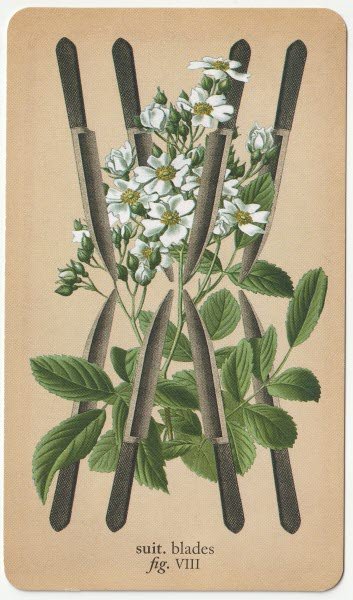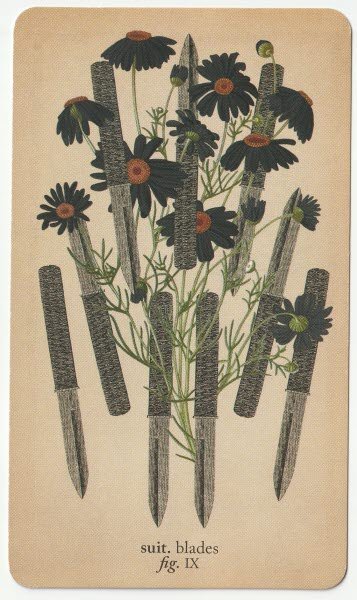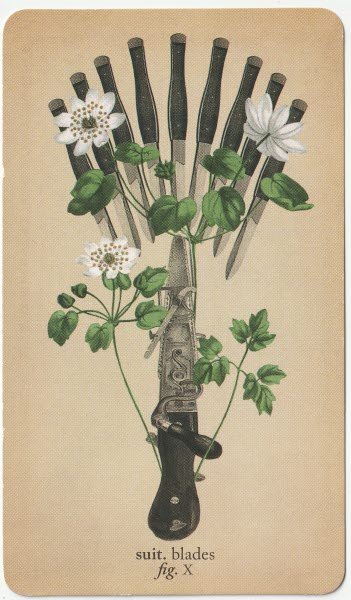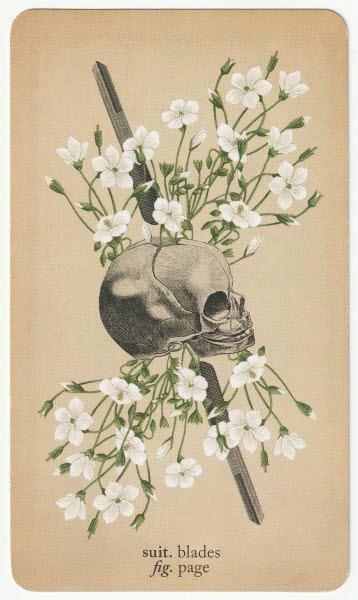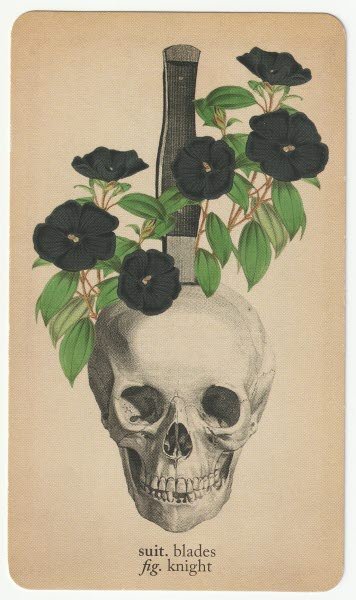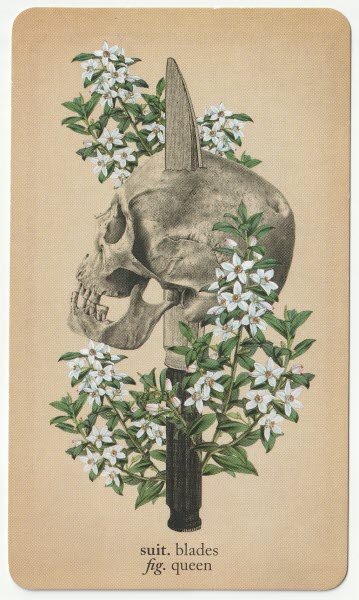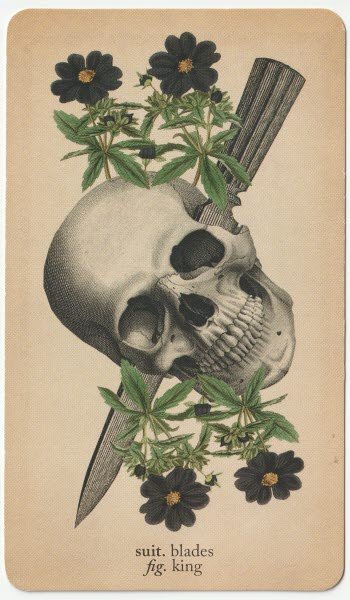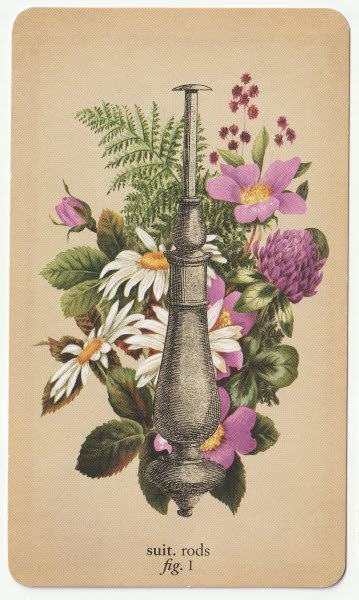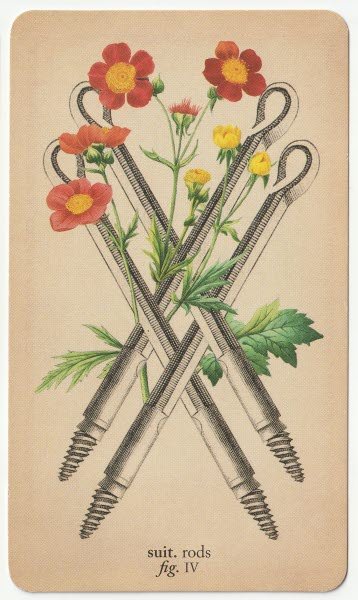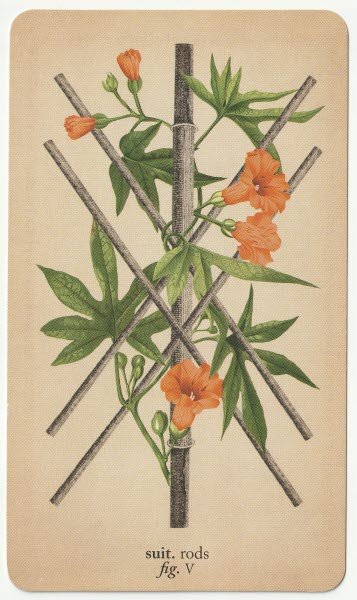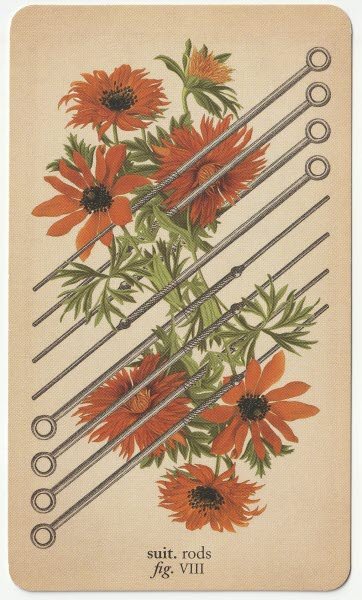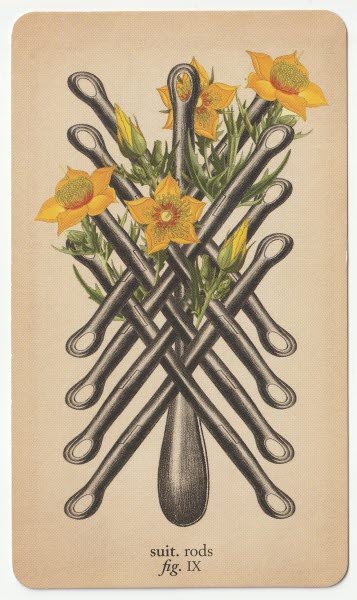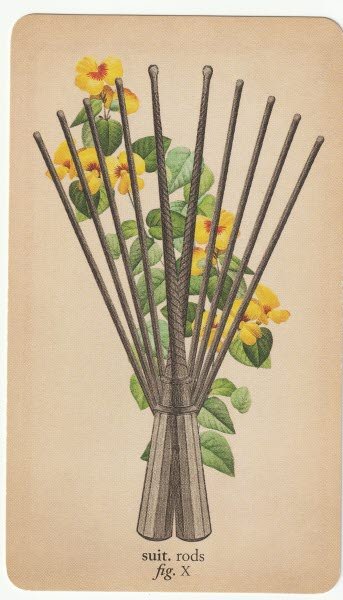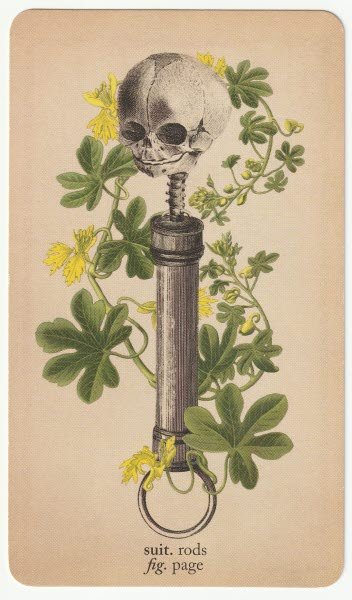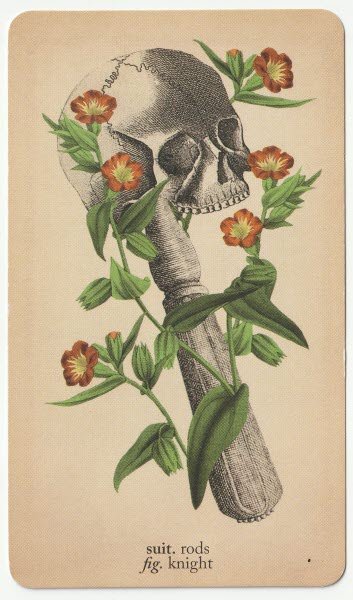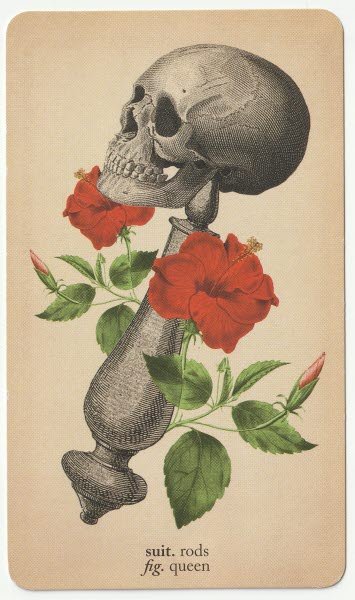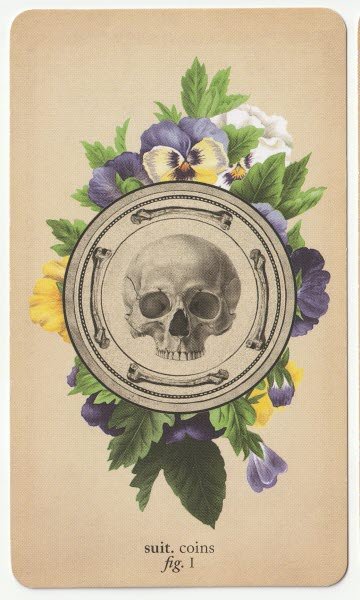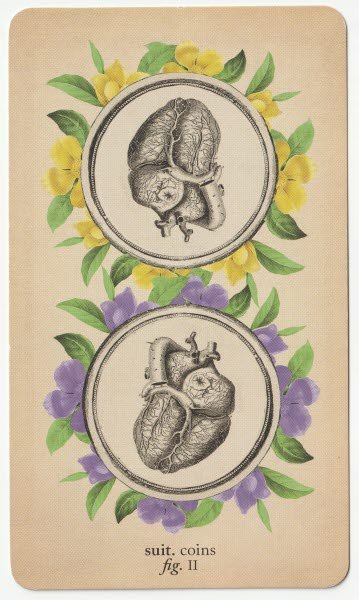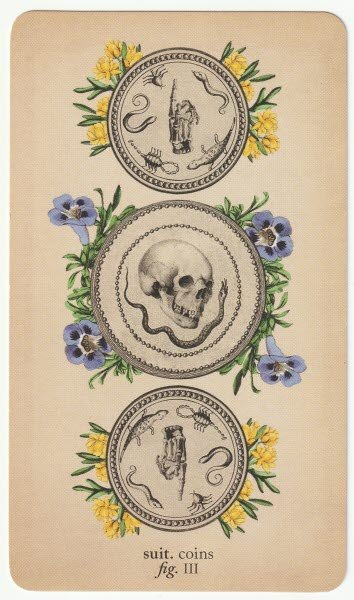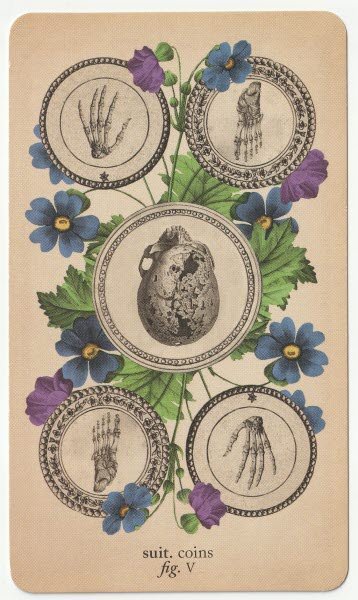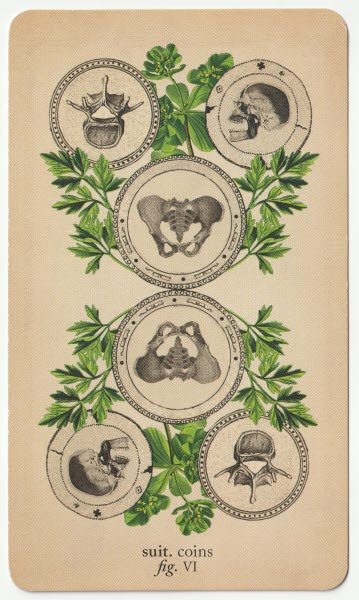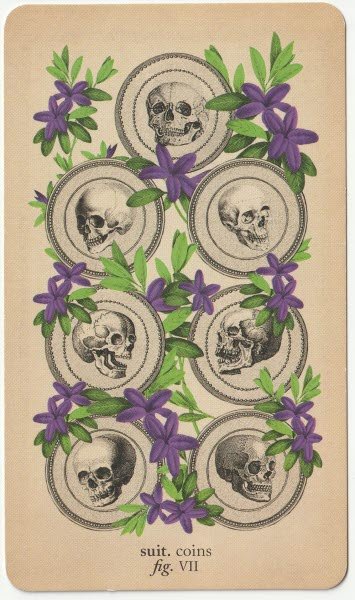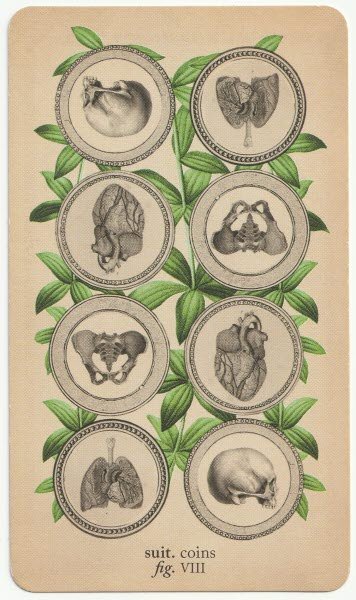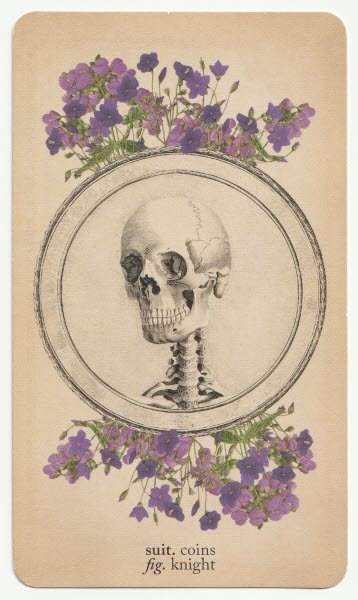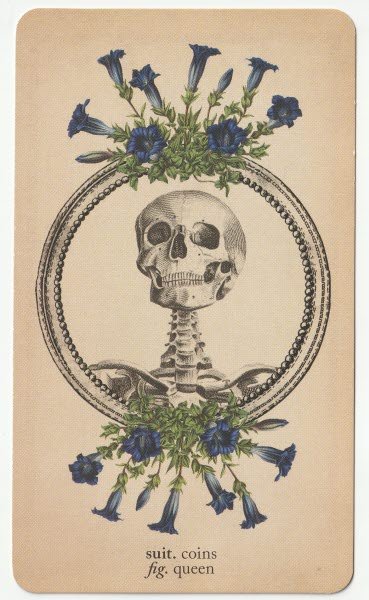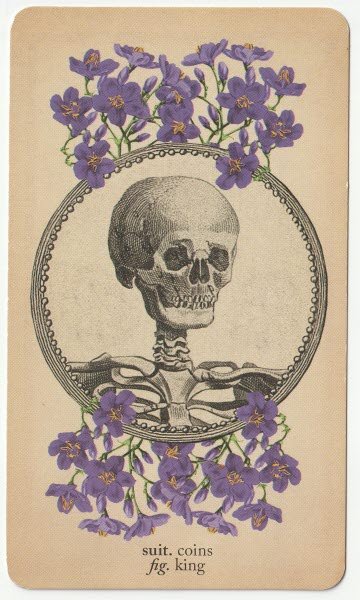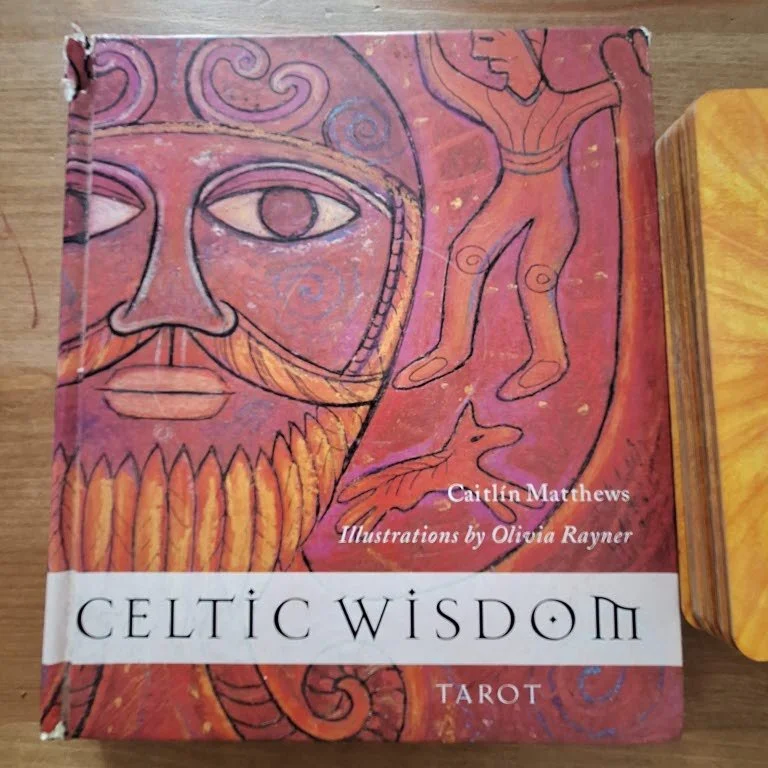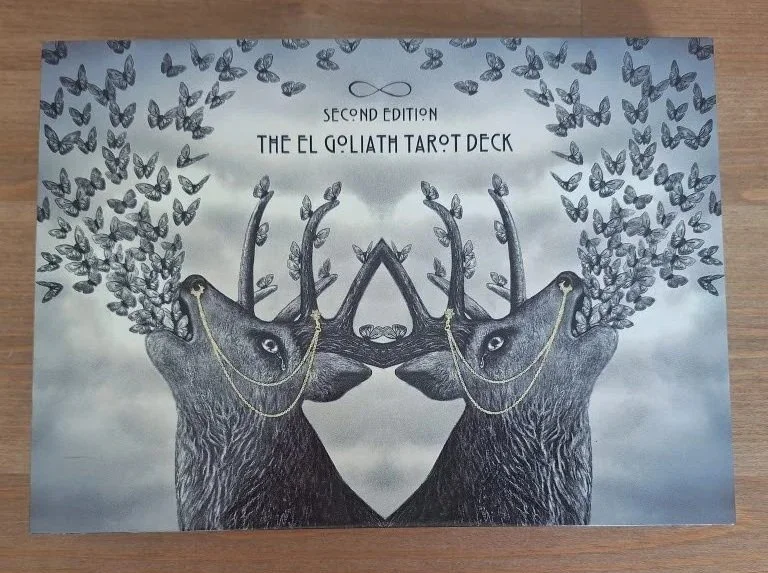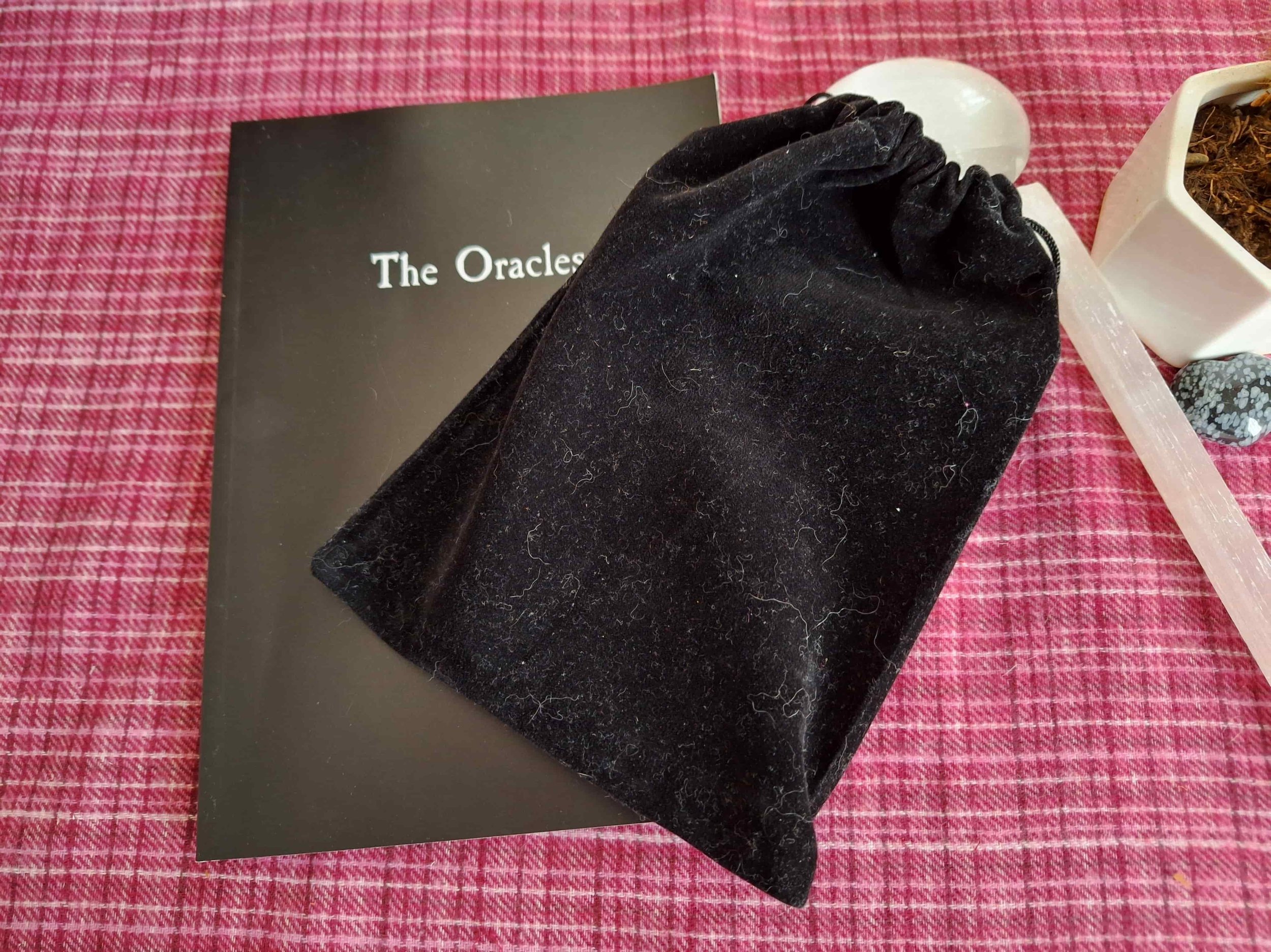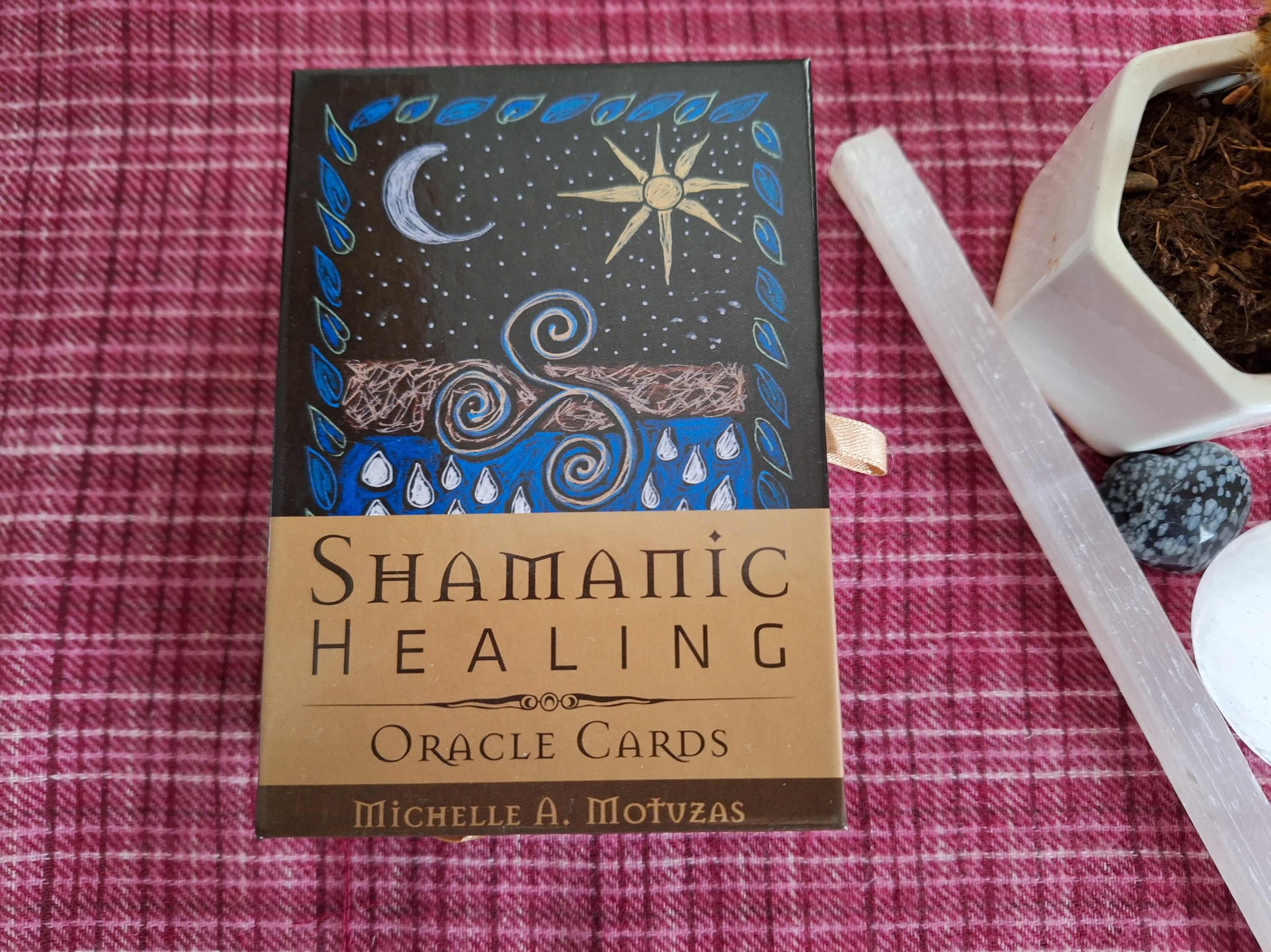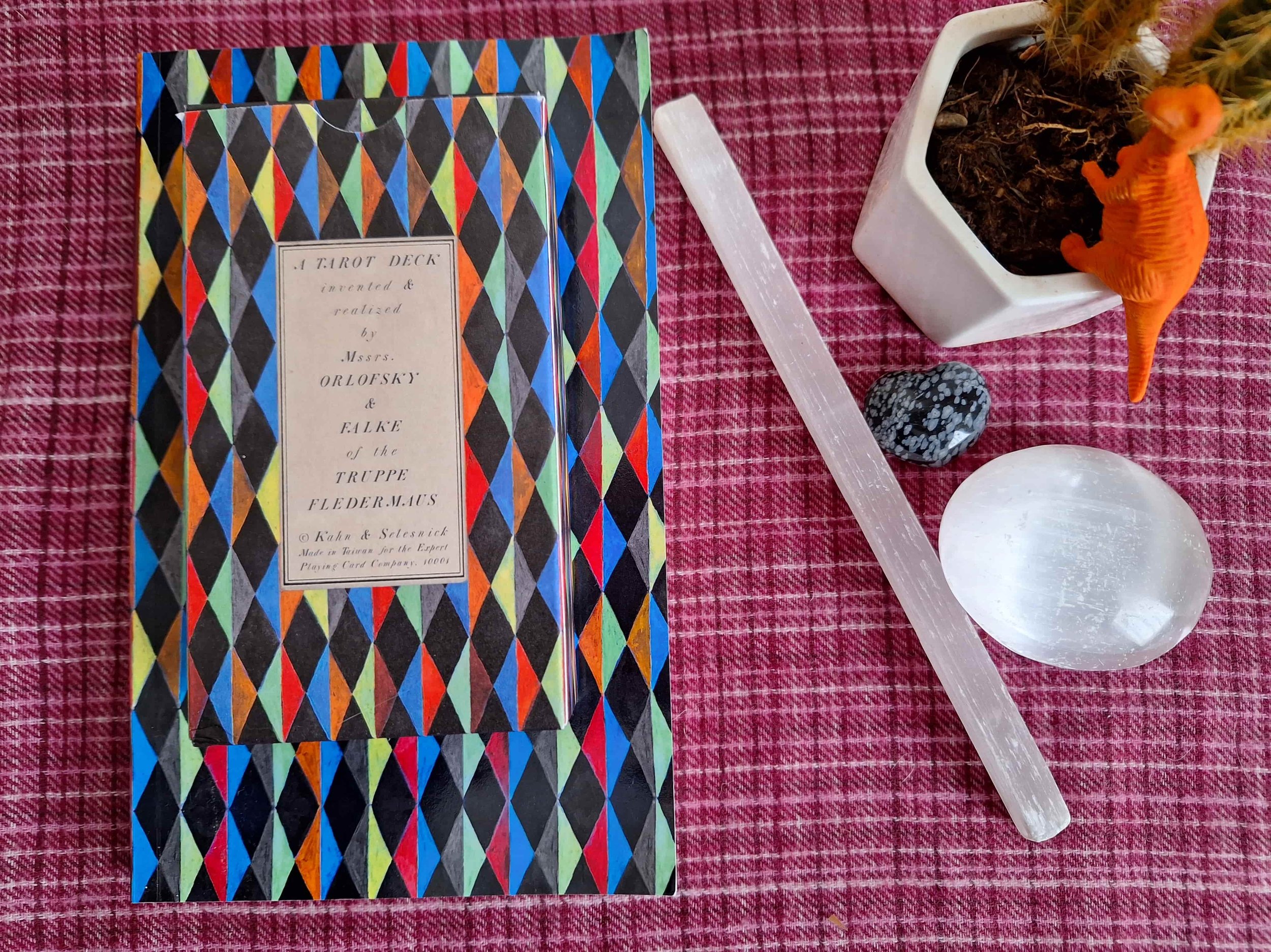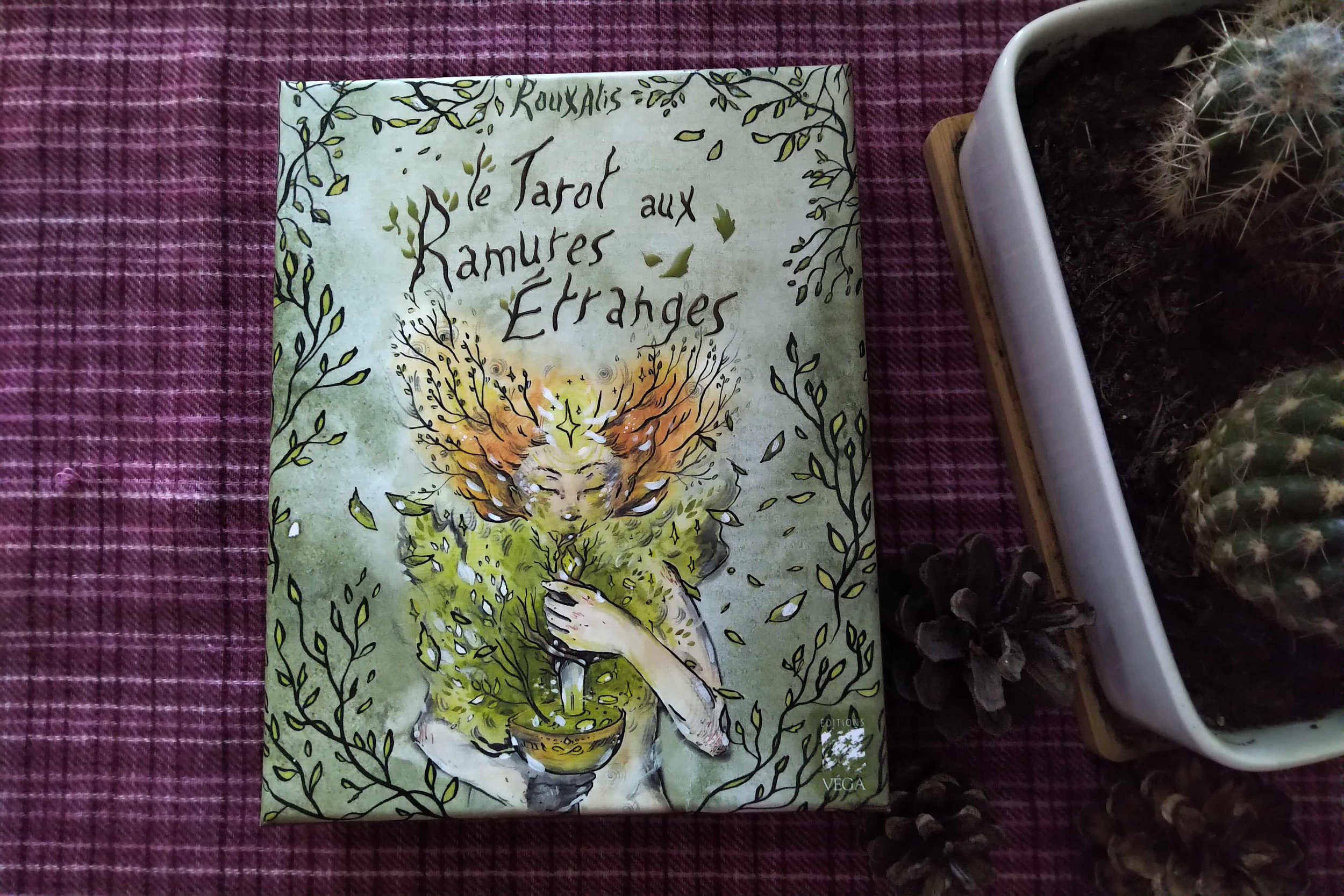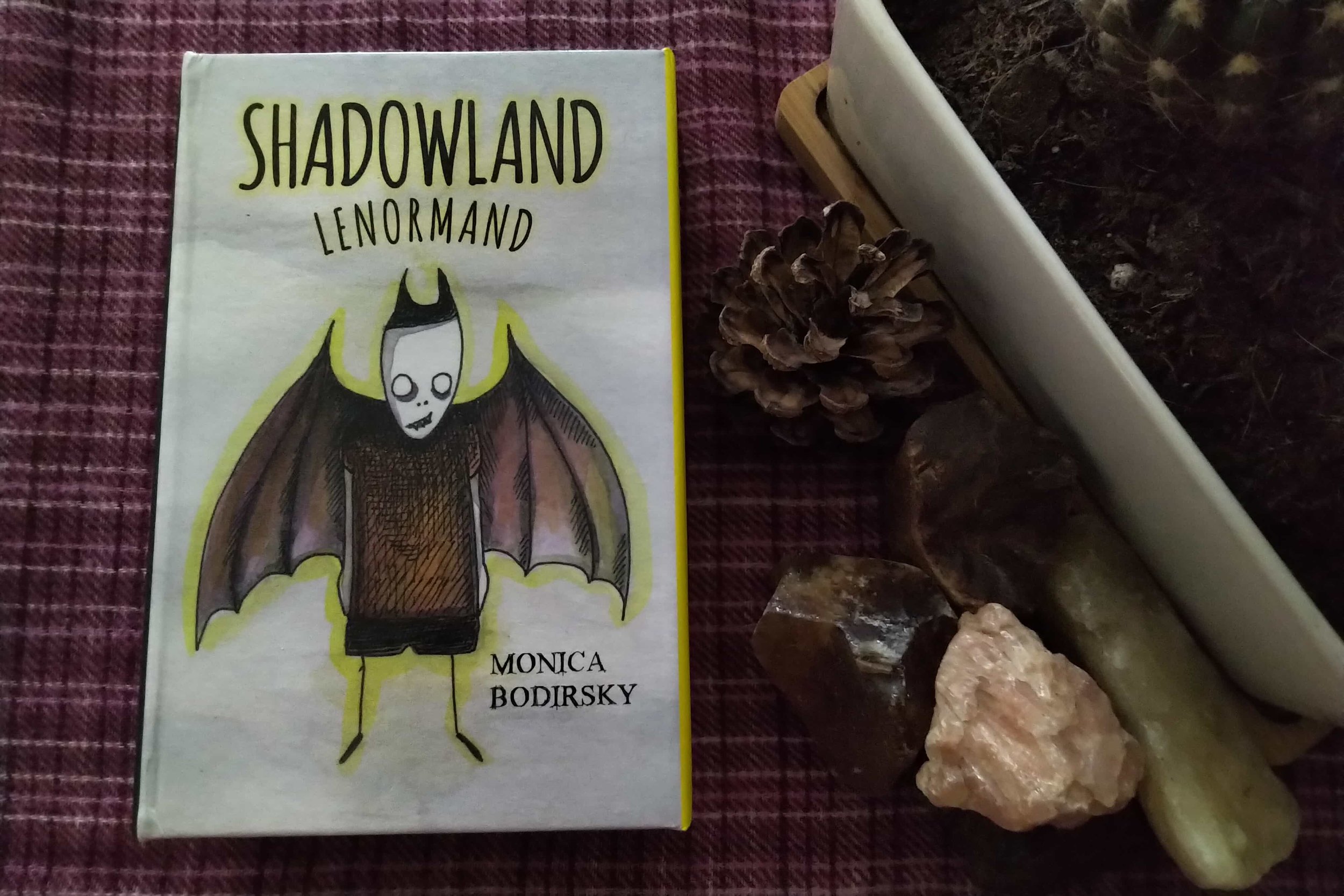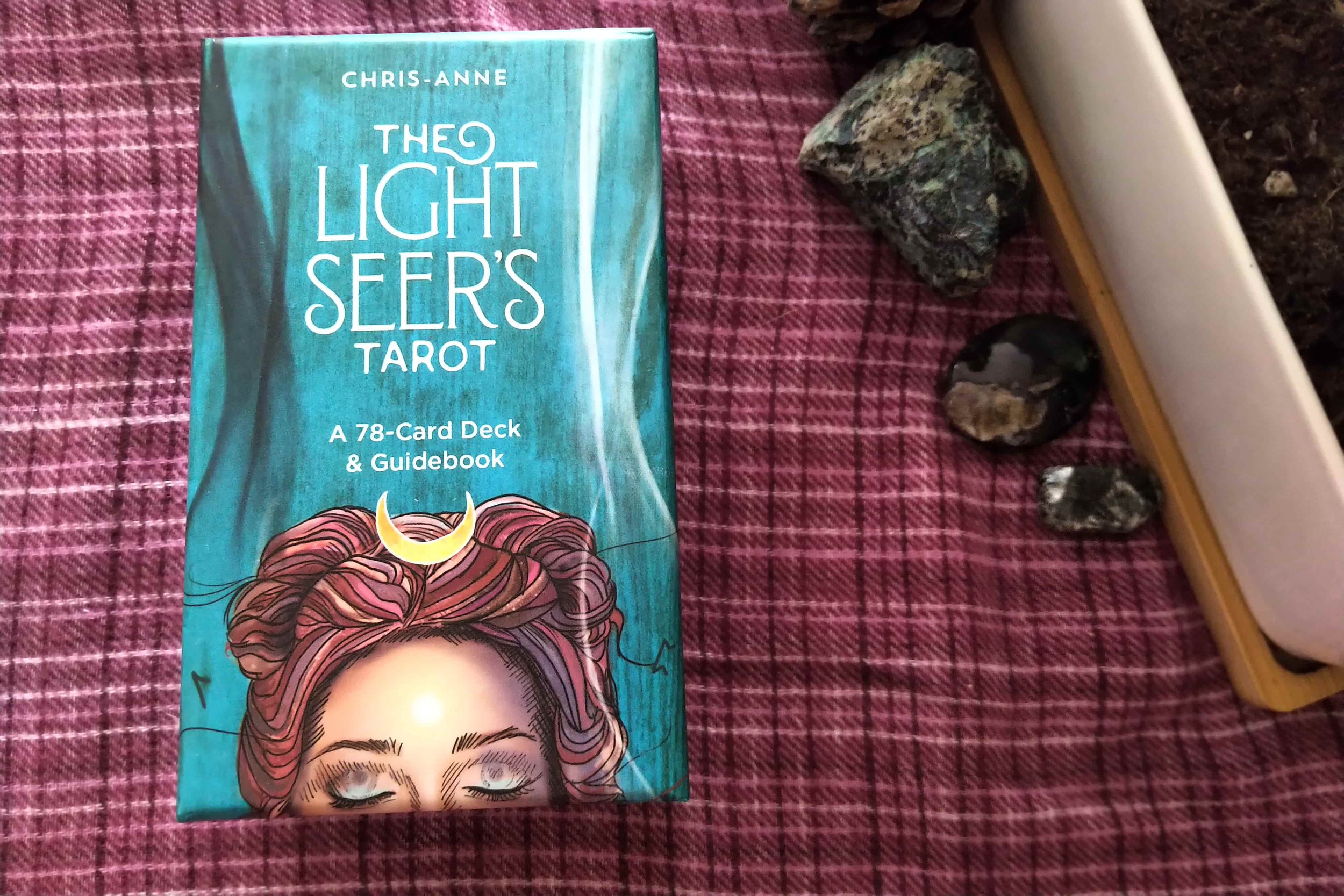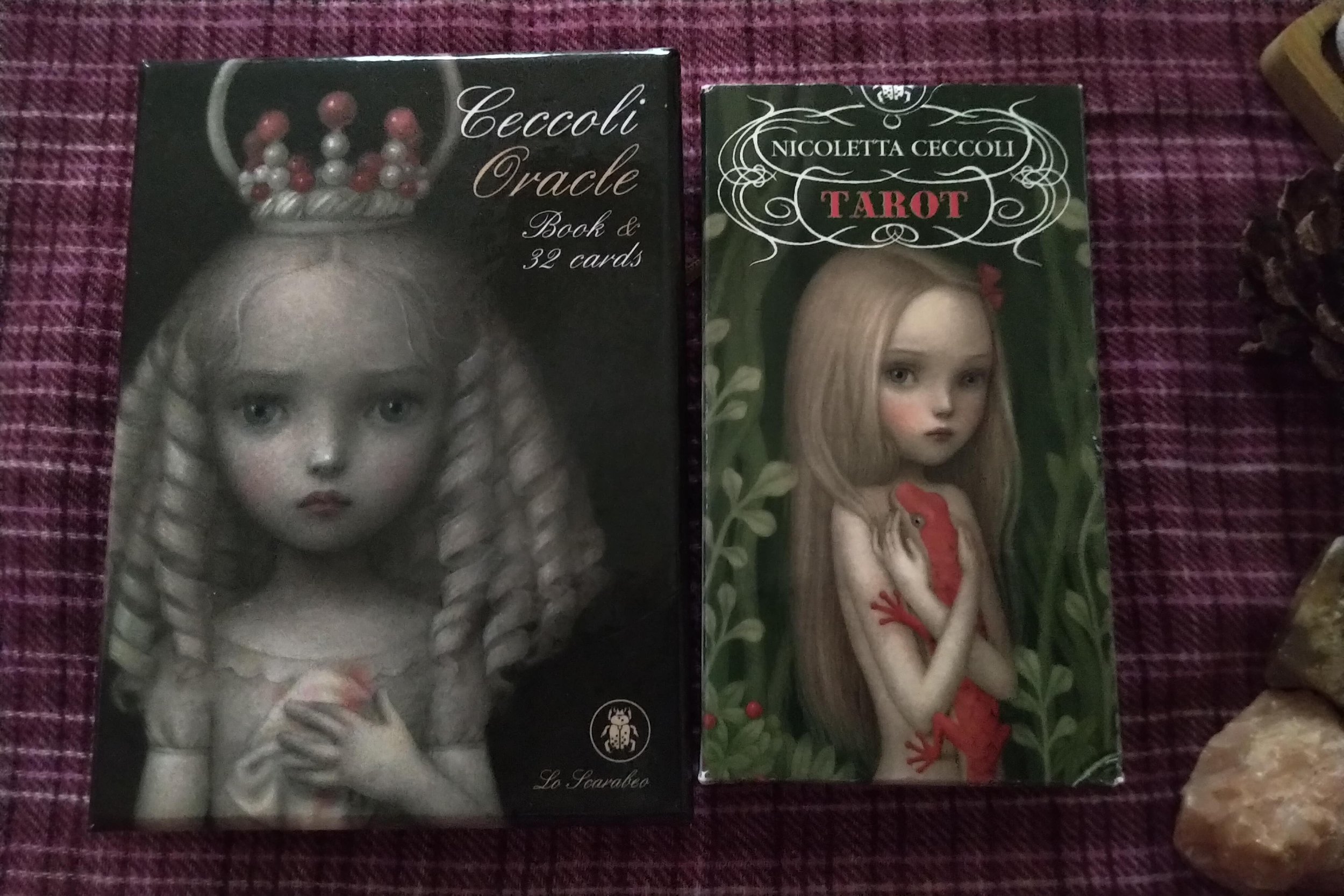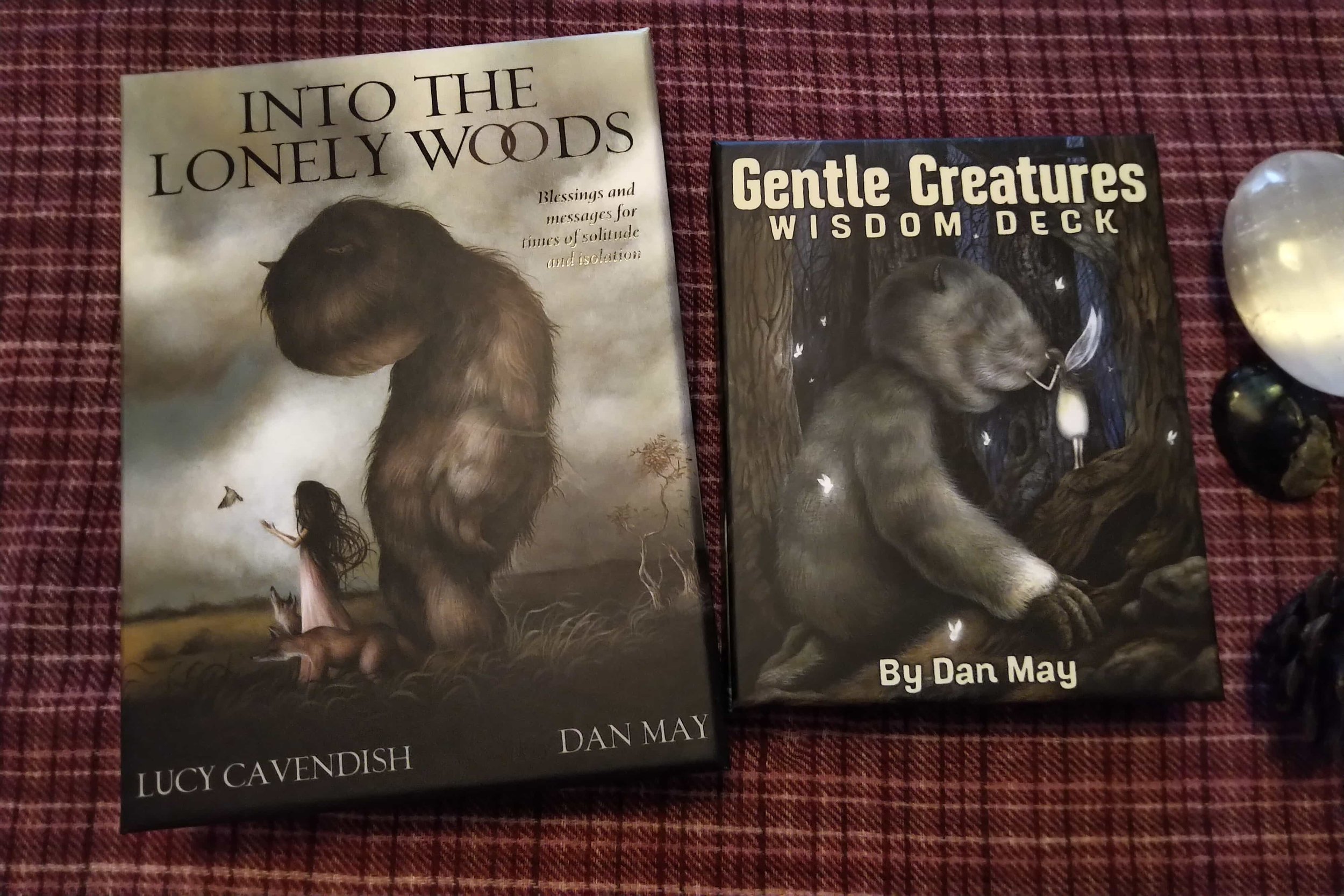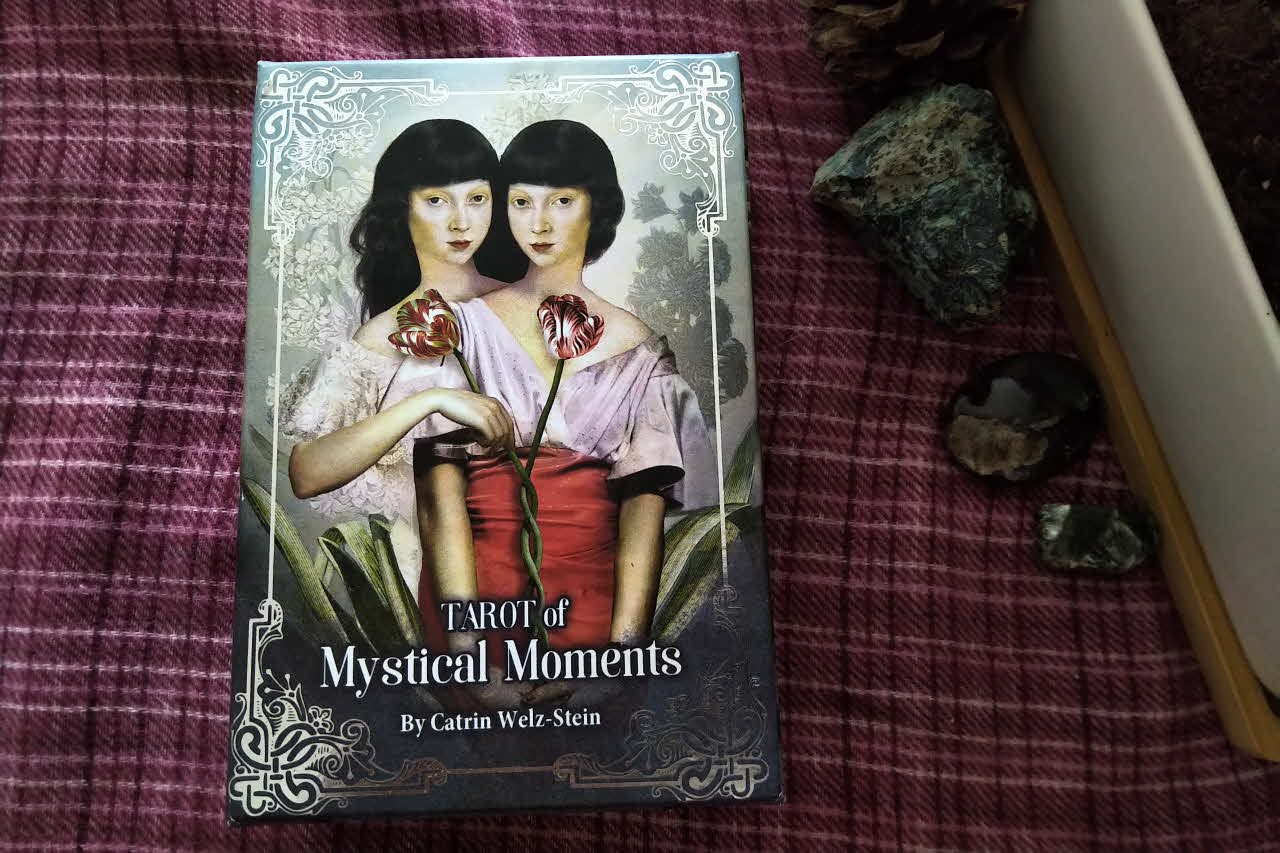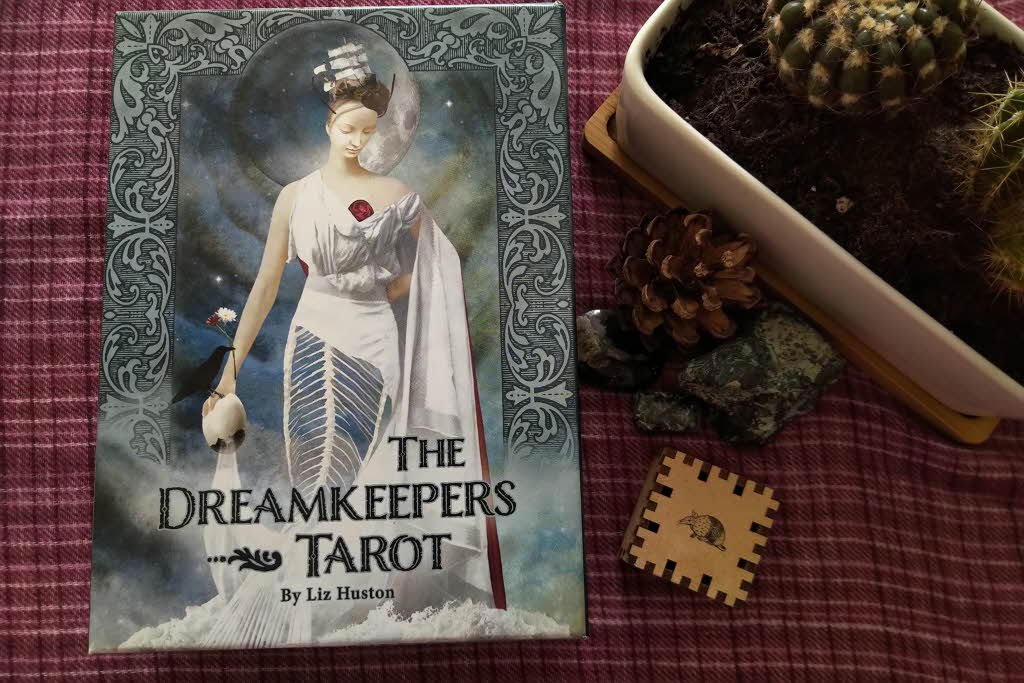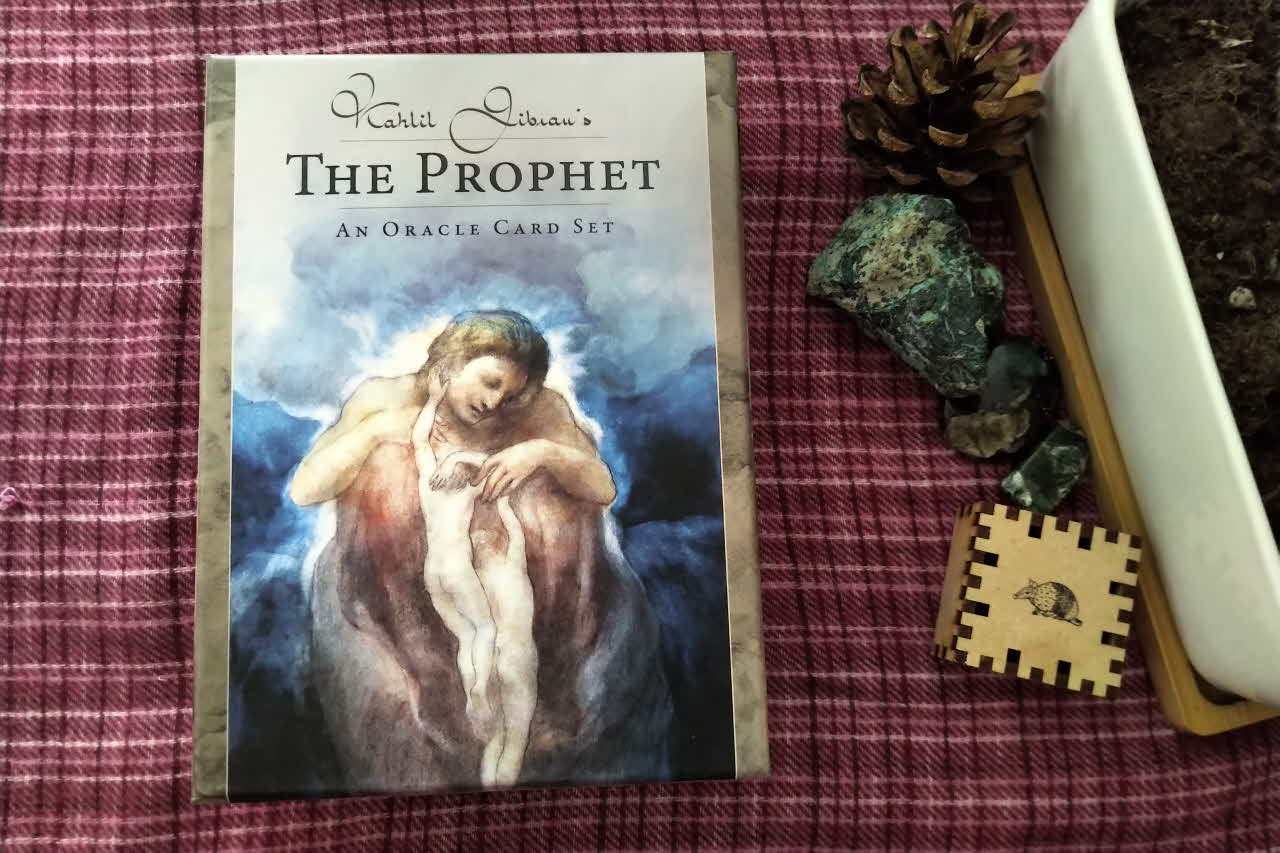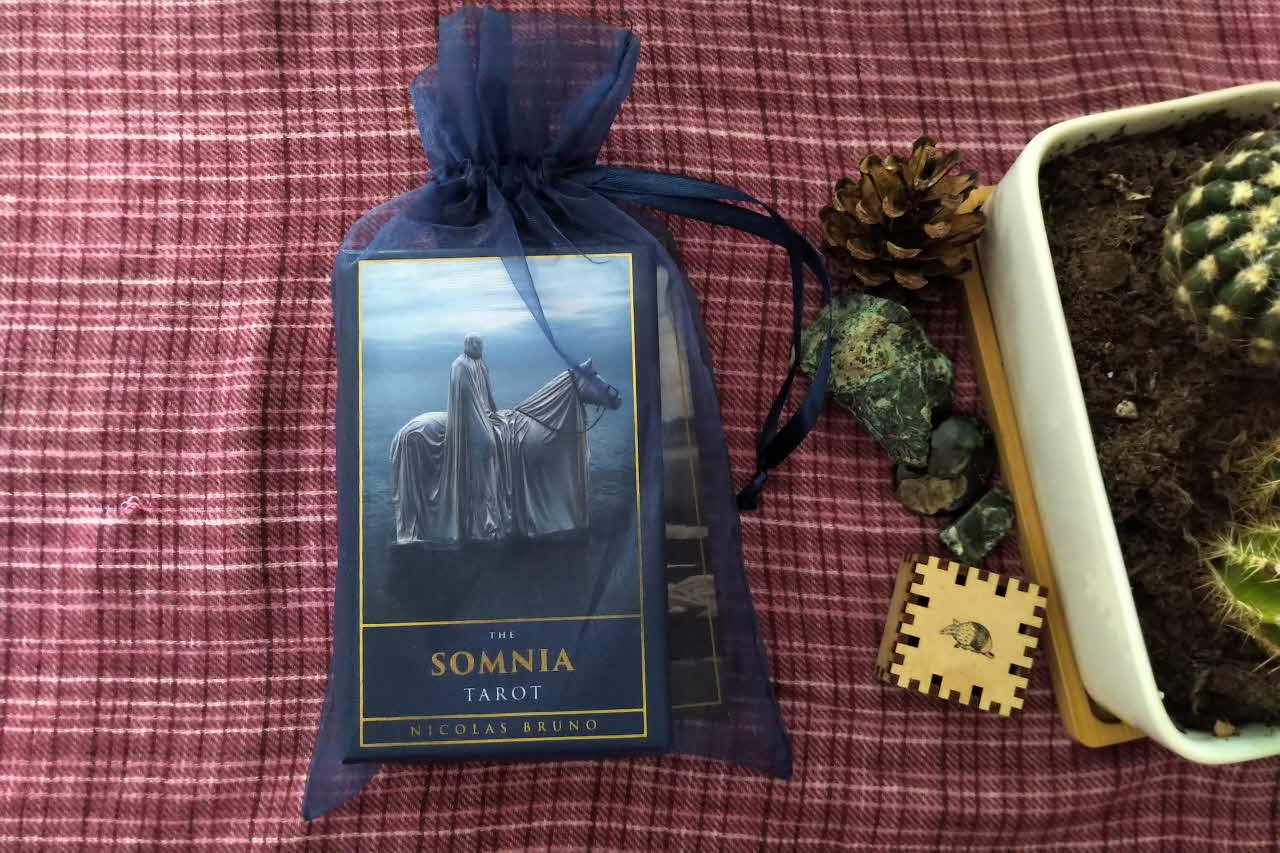The Antique Anatomy Tarot
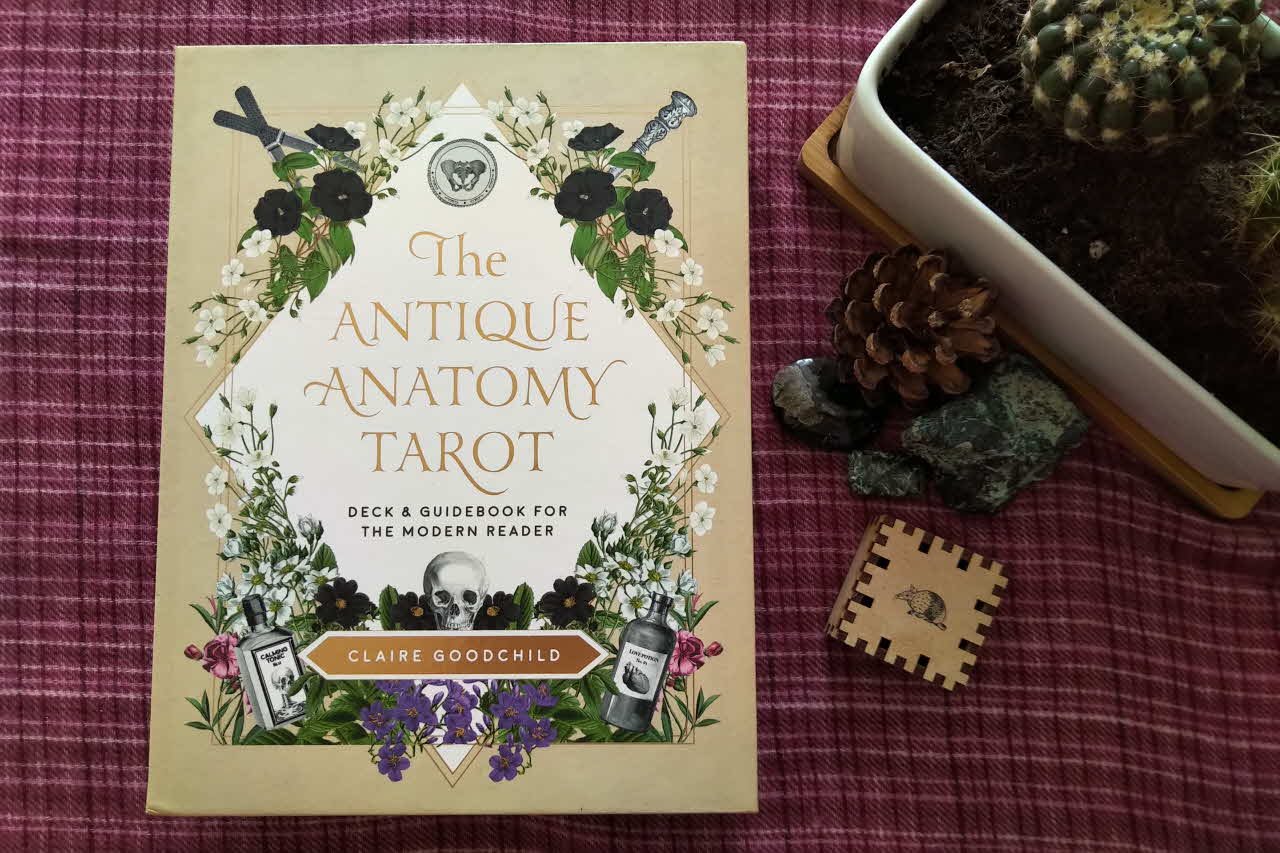
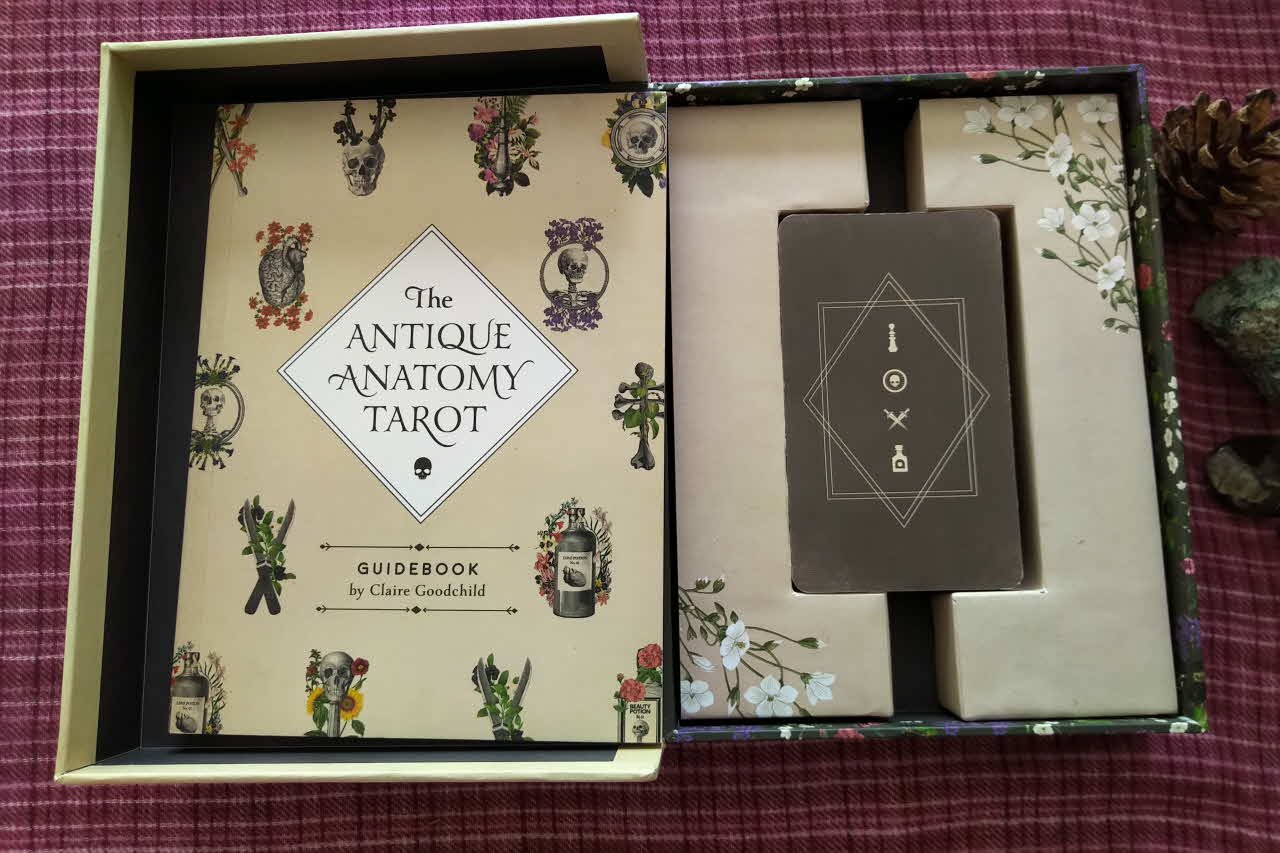
What is now a horrendously long time ago (pre-Covid), astro-twin Ashley sent me a fantastic deck as a gift. Considering we share the same Sun, Moon, Mercury, Venus, and ascendant, I shouldn’t have been surprised that I loved the concept and design of the deck. One of the first impressions was how strongly I felt it possibly resonated with Venus in Virgo and Scorpio rising — the attention to detail, lack of fussiness in the artwork, and all those bones. First published in 2019 by Claire Goodchild, The Antique Anatomy Tarot has vintage-style drawings of anatomy, plants, and flowers. Thanks to its well-thought-out guidebook, it is more than suitable for beginners despite the imagery not being easy to interpret with visual cues alone. The book lists each major arcana card's numerology, astrological correspondence, element, and companion cards. For each minor arcana suit, Claire has given the area of life rulership, the dates the sun is in the relevant element, the element, and the season.
The Magician displays a spine twisted into the shape of the symbol lemniscate with red and white flowers with green leaves wrapping around the spine. An upward-reaching hand sits behind the symbol. For The Magician, the correspondences given are the number one, the planet Mercury, the element of air (with the other elements present as supporting energies), and the companion cards of the Wheel of Fortune and the Sun. For the interpretation, the book says: A spark of genius comes into play with the second card of the major arcana: the Magician. What idea are you ready to reach out and grab? All the skills you need to bring a project to life already exist inside you, and now is the time to dig deep in order to manifest them. The Magician card is the first of the bridges between the spirit realm and the physical realm, and its energy encourages you to become the architect of your own life. It is especially important to approach situations and goals with a creative flair while you have the support of the universe. When this card appears, be prepared to channel confidence so you can accomplish greatness beyond your wildest dreams. Keywords: Manifesting, focused energy, spiritual power, problem-solving, determination. The Magician has an obvious connotation to magic, which is where the relatively new buzzword ‘manifesting’ comes in. Still, old interpretations focused far more on its correlation to communication and trickery. The problem with linking the Magician to ‘manifesting’ too strongly is that it ignores what manifesting implies and the work needed to get the best from the card’s energy.
I get the impression that ‘manifesting’ is the new buzzword for making shit happen magically by sheer willpower and thought alone. It’s too close to the law of attraction for me to be comfortable with it as a concept. I scanned a few old books on the shelf and found information in The Gateway to the Divine Tarot (Ciro Marchetti, 2009). One of the contributors to the book, James Ricklef, says, “The tarot’s Magician was originally a mountebank, a trickster, or a street magician in the earliest decks. Over time, his image transformed into a mystical or spiritual image, and in recent decades some decks have given him a shamanistic aura.” The emphasis on manifestation, not trickery and communication, seems to have taken off since the turn of the century. My concern is that it’s just not accurate and hides the real message of the card.
The symbol of lemniscate appearing on the Magician is something very familiar to me. My understanding of lemniscate is that it was a symbol of infinity. Although I’ll be honest in my admission, I gave no depth to any thoughts I had of it until writing this post. The symbol itself has a long-standing history that can be dated back to 5th-century mathematics. Its use in modern mysticism veers from its original usage and represents the ouroboros and the concept of infinity. Claire gives meanings to each colour in the guidebook, and white symbolises purity, innocence, simplicity, and clarity. For red: anger, passion, love, sex, and danger. Traditionally, I wouldn’t link any of those words to the Magician — but I can understand the presence of the hand, especially when considering the potential for sleight of hand when this card appears in a reading.
Many cards are worth a closer look, and I find The High Priestess particularly striking. It could be the impact of the white flowers growing out of the skull, perhaps a symbolic reference to the contrast between life and death. Keywords from the book: Intuition, divine femininity, psychic abilities, mystery, hidden secrets. These are all traditional words for the High Priestess, but I find it interesting she’s used a skull. The skull prompts a connection to the mind despite the High Priestess commonly symbolising intuition which tends to be associated with the belly/within the body. The Hanged Man breaks tradition and shows a man's skeleton in an upright position and hanging from the gallows. I kind of like this because it implies the self-sacrifice aspect of the card rather than the upside-down-revealing-meaning so many deck creators are fond of displaying. Keywords given are Introspection, sacrifice, reflection, perspective, acceptance. As mentioned, I feel the imagery emphasises sacrifice, and I’ve found this to be true far more often than I’ve seen someone displaying the ‘higher’ aspects of the Hanged Man.
In the Minor Arcana, the blades suit stands out because of the contrast between black and white flowers around the knives. The Ace is curiously devoid of the sharp tone of the other cards and stands alone with its display of red and white flowers. The suit of coins is the most varied in the use of colour, with purple, blue, yellow, and green all being used to surround the coins that display various internal organs and bones. Orange, red, and yellow dominate the suit of rods, except for the Ace, which has a liberal display of pink. The suit of elixirs correlates to the traditional suit of cups and is by far my favourite suit. For the elixirs: Rules: Emotional and relationship matters. The astrological correspondences of Cancer, Scorpio, and Pisces. The element of water, and the season of summer. The Ace shows a picture of a bottle, and on the label, it has the image of a heart and the words ‘love potion’. An array of flowers surround the bottle; I can’t name them all, but I can make out Lillies and passionflowers. Keywords: Raw emotional energy, new love, art, poetry, imagination, joy. As a card that generally symbolises the beginning of new feelings, it’s an excellent visual cue for beginners.
The Two of Elixirs has two labelled bottles; ‘Yarrow love tonic’ and ‘passion tincture’. The keywords are Union, true love, soul mates, karmic connection. Once again, it’s a great visual cue for a beginner, and I think the theme works well for the suit. The Three of Elixirs continues from the two with bottles labelled ‘joy tonic’, ‘bliss elixir’, and ‘love potion’. Its basic traditional meaning is easy to understand from the bottles alone, and I like that it stresses that the three of elixirs is a combination of good emotions. The book gives keywords of affection, friendship, celebration, a gathering, happiness, good times. Interesting to note that ‘love potion’ is also shown in the Ace, which suggests an emotional journey.
For the Four of Elixirs, bottles show ‘arsenic’, ‘morphine fever remedy’, ‘heroin’, and ‘cyanide’. The keywords given in the book are Apathy, boredom, discontent, isolation, weary, a rut. I’d suggest the bottles go a step further than the traditional interpretation of the four because the imagery implies more negativity than the description. Although, it could represent the desire to escape an emotional situation which can often be present when this card appears in a reading.
The Five of Elixirs has two bottles with their labels wholly obscured. The labels on the other three give us ‘morphine fever remedy’, ‘passion tincture’, and ‘cyanide pills’. The five is a difficult card to have in a reading because of its blend of regret, longing, and acceptance of what cannot be. Some of the bottles are seen in the previous card, so we can assume that events have been ongoing for some time when this card appears. It also suggests that current emotional situations stem from an inability to rectify problems that created the feelings expressed in the four. ‘Passion tincture’ made an earlier appearance in the two of elixirs, and this could indicate a more positive emotion lurking underneath the rot. The keywords given in the book are Loss, despair, grief, negativity, a devastating blow, old wounds. The five does not usually represent the kind of trauma that can arise with the three or ten of swords. It is much more likely to describe feelings that arise long enough after an event that you have the headspace to reflect on how you feel. If the five of cups were a relationship status, it would probably be most comfortable under it’s complicated.
The Eight of Elixirs displays bottles with the labels ‘let go potion’, ‘despair’, ‘the void’, ‘aura cleanse’, ‘soul journey’, and ‘wake up potion’, and two labels are entirely obscured. The eight of cups is linked to Saturn in Pisces in astrology, and Alistair Crowley once described it as the German Measles of Christian Mysticism. Keywords given are melancholy, leaving, letting go, bittersweet ending, stalemate, depression. No one usually wants to see this card because it represents the need to let go of an emotional situation that is no longer working. The labels do a good job highlighting the need to take positive action to leave a stagnant emotional state.
Claire has created an oracle deck, the Memento Mori, and I’ve now got it on my ever-increasing wish list. Memento Mori is in the same style as The Antique Anatomy Tarot, and it looks like an excellent pairing to use on those days you want your oracle deck to blend well with the tarot visuals. Regarding criticism, I find the use of colour inconsistent with meaning, although artistically, it works well. Many details are, in fact, inconsistent from a symbolic standpoint, but I don’t think this weakens the strength of the concept. When working with the deck, I’ve found it to have a distinctive vibe and be no-nonsense in its responses — the readings rarely waffle and instead are straightforward and pull no punches. It’s a solid deck with good packaging, and I’m glad to have its energy in my collection. Thanks again, Ashley.
Recent Posts
Archives
Categories
- Animal-centred
- Books
- Decks For Self-development
- Difficult Decks
- Expensive Decks
- Lenormand Decks
- Oracle Cards
- Oracle Cards For Beginners
- Out-of-print
- Personal Favourites
- Published 2000s
- Published 2010s
- Published 2020s
- Tarot
- Tarot & Oracle Sets
- Tarot Cards For Beginners
- Under £15
- Under £20
- Under £30
- Under £40
- Witchy Decks
- Woman-centred






















